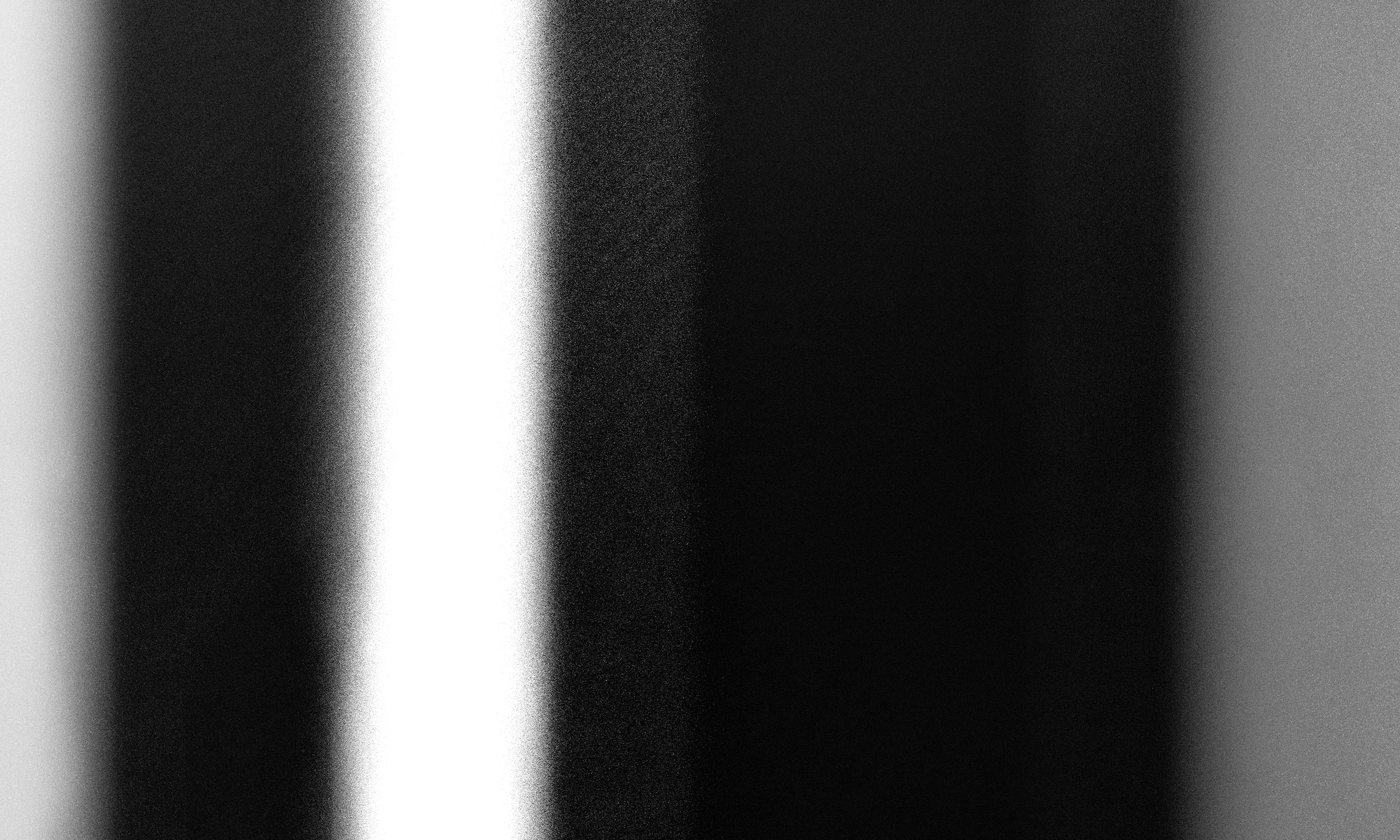This practice-based research explores plurality (Lahire, 2011) in contemporary art, through the design and implementation of a series of collaborative multi-disciplinary projects and the dissemination and analysis of the artistic work produced. Artists, like the writers studied by Lahire (2006), commonly lead double or multiple lives, often as a response to economic precariousness. At a time of disruption and transformation of established practice provoked by a succession of global challenges (for instance, the Co-vid19 pandemic, persistent social injustice and accelerating climate crisis), this study explores the creative potential of the ability to move between multiple and diverse contexts and forms of activity, and the benefits of the critical dialogues this facilitates. This includes consideration of the form that multi-disciplinary enquiry and community focussed art might take in a post/perpetual pandemic world.
Addressing complex, pressing and persistent environmental, social, economic and health issues (frequently described as ‘wicked problems’, a term coined in the context of planning policy by Rittel and Webber, 1973) has increasingly required researchers, practitioners and citizens to cross disciplinary and professional boundaries to work collaboratively, drawing critically on diverse forms of theory, knowledge and practice. This extends beyond institutionalised areas of expertise to include community, indigenous and everyday knowledge and practice. Working across disciplines brings a range of ethical, ontological and epistemological perspectives into critical, and potentially productive, dialogue (Maniglier, 2021). Whilst the distinctive contribution made by the arts to multi-disciplinary enquiry has long been acknowledged (see, for instance, the Arts and Humanities Research Council (AHRC) Health and Well-being Research Portfolio), how artists combine and traverse areas of expertise in their own practice, however, appears to have received little attention. Butt (2017), for instance, has noted that there even appears to be an ambivalence amongst professional artists about the relationship between their art practice and academic appointments. Artificial intelligence, and wider cultural uncertainty about professional boundaries and expertise, has led to an erosion of distinct professional identities and the creation of more fluid and hybrid forms of practice (see Susskind and Susskind, 2015). This increased porosity between domains of practice creates opportunities for artists to both work collaboratively across contexts and draw creatively on aspects of their own ‘non-art’ activities, prompting the further development of ‘the plural artist’. Working collaboratively with communities, for instance, leads artists such as Wendy Ewald to assume a pedagogic role (Azoulay, 2016) and to explore the ethical issues that are raised by this form of relationship with participants, whereas artists such as Mark Dion adopt the practices of other disciplines (for instance, archaeology in his 1999 work Tate Thames Dig) in producing art that questions institutionalised knowledge (Ross, 2006). Lahire’s notion of plurality also raises critical questions about the relationship between theory and practice, reinforcing the potential for individuals to inhabit the worlds of both theorist and practitioner, as is evident in the work of, for instance, Janet Laurence (see Gibson and Laurence, 2015).
Through critical reflection on the working processes developed in a series of community focused projects and analysis of the work produced, this practice-based study seeks to explore what it is to be an ‘artist and …’, and how this might contribute to reconfiguring the arts in a post/perpetual pandemic world and to acting and thinking differently about the relationship between the human and the more-than human. The projects themselves will focus on particular locations, activities and communities in east London, and the work produced will combine digital and analogue photography with other media, including field-recordings, video, artefacts, maps, documents and archival research. The reflexive nature of the study will be reflected in the production of a public hyper-textual journal charting the development of the work alongside the production of art works for the viva installation and accompanying report.
References
AHRC (no date), Arts and Humanities Research Council Health and Well-being Research Portfolio. Online https://ahrc.ukri.org/innovation/health-and-wellbeing-research-portfolio/ [accessed 28.01.2021].
Azoulay, A. (2016) ‘Photography consists of collaboration: Susan Meiselas, Wendy Ewald, and Ariella Azoulay’, Camera Obscura, 31(1), pp. 187–201.
Butt, D. (2017) Artistic Research in the Future Academy. Bristol: Intellect.
Gibson, P. and Laurence, J. (2015) ‘Janet Laurence: Aesthetics of Care’, Antennae: The Journal of Nature in Visual Culture, (31), pp. 39–52.
Lahire, B. (2011), The Plural Actor, Cambridge: Polity.
Lahire, B. (2006) La condition littéraire: la double vie des écrivains, Paris: La Découverte.
Maniglier, P. (2021) ‘Problem and Structure: Bachelard, Deleuze and Transdisciplinarity’. Theory, Culture and Society, 38(2), 25–45.
Rittel, H. W., & Webber, M. M. (1973) ‘Dilemmas in a General Theory of Planning’, Policy Sciences, 4(2), pp. 155-169.
Ross, T. (2006) ‘Aesthetic autonomy and interdisciplinarity: A response to Nicolas Bourriaud’s “relational aesthetics”’, Journal of Visual Art Practice, 5(3), pp. 167–181.
Susskind, R. and Susskind, D. (2015) The Future of the Professions: How Technology Will Transform the Work of Human Experts. Oxford: Oxford University Press.
